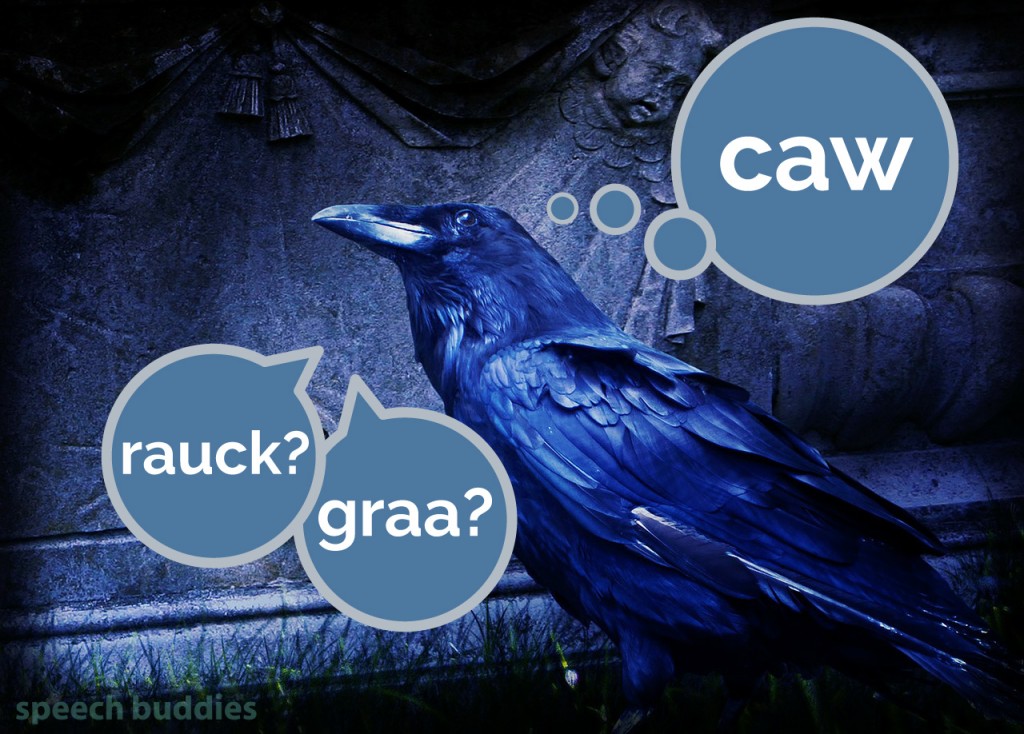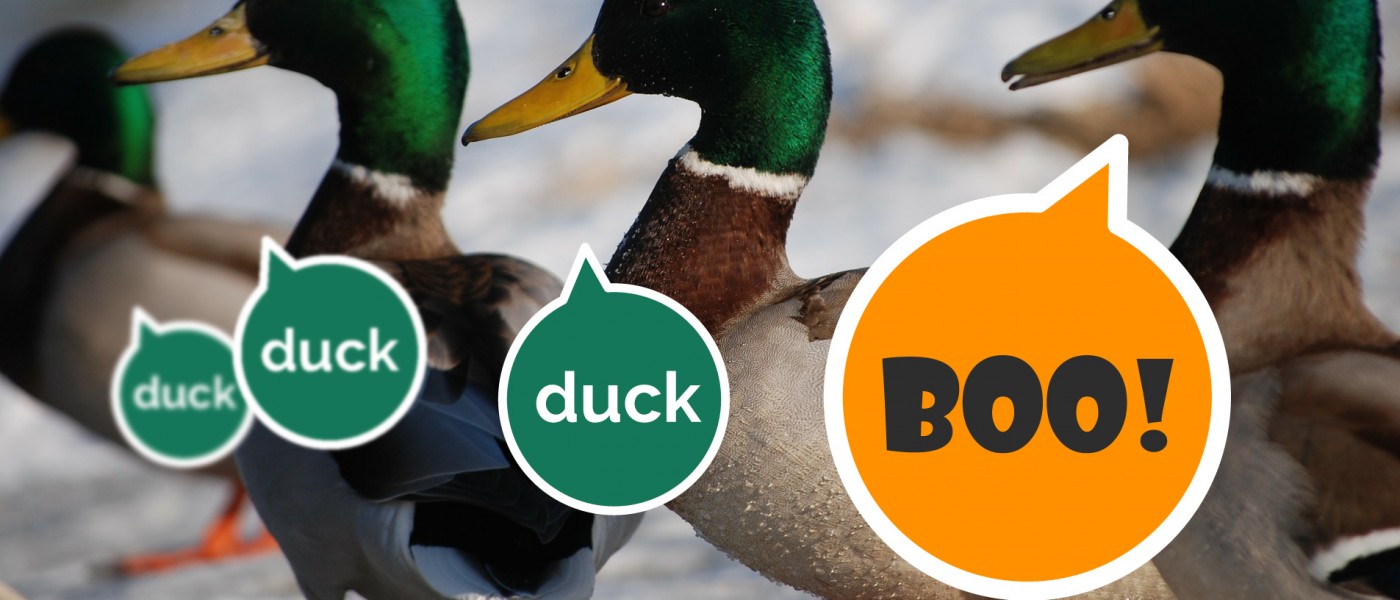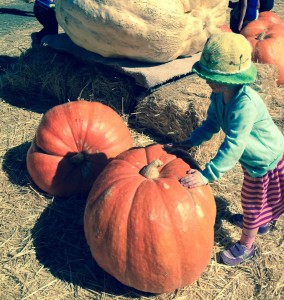Say It Spooky: Halloween Sound Science Activities for Kids and Parents
After the candy—never forget the candy—our favorite part of Halloween is the sounds. From ghostly “boos” to sickening “slurps,” Halloween is a time when kids and grown-ups get to dress-up, be silly, and make some extra-goofy noises. For kids in speech therapy, Halloween “sound science” activities are a great way practice new sounds and skills. And, they are also a cool way for the whole family to have even more fun experimenting with the chilling, spooky, and goofy effects sounds can produce.
Sound Science and Perception
Of course, there is more to the sounds we make than articulation and accuracy. The words and sounds we say and sing convey a range of important cues and subtexts that our brains translate into critical instructions—instructions that direct our most basic behaviors. Can sound really effect our actions? Yes indeed. Neuroscientists working in the subfield of psychoacoustics have identified some specific ways that our brains react to sounds. We bet anyone who’s cursed the car alarm that woke their sleeping baby or had their eyes fill with tears when a familiar song comes on the radio will be familiar with some of the mechanisms they describe.
- The brainstem reflex. Humans are born with this, and if you’ve ever jumped at a loud noise, you’ve had a brainstem reflex.
- Evaluative conditioning. This is another auditory reaction humans are born with, and evaluative conditioning is a fancy way to describe the emotions elicited by hearing a sound repeatedly in a specific context. Does your heart sink at the sound of a text arriving but jump with joy at the sound of your car starting? That’s evaluative conditioning.
- Emotional contagion. Humans “learn” emotional contagion through social interactions. By reading vocal and visual cues, children learn to experience and express empathy and fear. The influential psychologist Elaine Hatfield has written about this process extensively. Her research is dense but totally fascinating.
- Episodic memory. This is how neuroscientists describe the flood of memories or emotions you have when you hear a familiar sounds, voices, or songs. If you slow-danced to Stairway to Heaven with your 8th grade crush, and if hearing the opening bars fills you with memories of a balloon-filled gymnasium and a scratchy corsage, then you’ve experienced sonic episodic memory.
So, according to all this sound science, sounds are like our other sensory outputs: influenced by context. A carefully paced “boo!” in the midst of a bedtime story can make your 4 year-old dissolve into giggles. A creaking door can send the bravest 1st grader running for mommy. We think Halloween is a great time to explore the power of contextualized sounds with the kids in your life.
Halloween Sound Science Activities
This year, try some Halloween sound science activities and take your Halloween fun beyond the cool crafts and candy (but be sure to have plenty of both!). Here are a few ideas to get you started, but when it comes to playful sounds and Halloween, it’s hard to go wrong.
- Ask your little trick-or-treaters to share some noises that make them laugh and some noises that make them jump. Next, have them try them out on you—can they make you giggle or scream by making sounds? Boo!
- Together with your kids, practice saying the same words in different ways. Do different ways of saying the same words elicit different feelings? Does the witch shriek or cackle? Does the door creak or cre-e-e-a-a-k? Is a ghostly whisper just as a scary as a loud boo? Have fun experimenting; this can be a great way to make your 500th reading of Room on the Broom and The Five Little Pumpkins a little more exciting.
- When you’re planning Halloween costumes, ask your kids about the sounds that go with their outfit. Does your cowgirl say Hee-Haw or Giddy-Up? Does your little robot sound like Wall-e or C3PO? Does the Elsa in your house (because we know you have one) communicate her Elsa-ness best with repeated renditions of “Let it Go” or “For the First Time in Forever”?
Have a spooky, squeaky, creaky, yucky, and noisy Happy Halloween!




